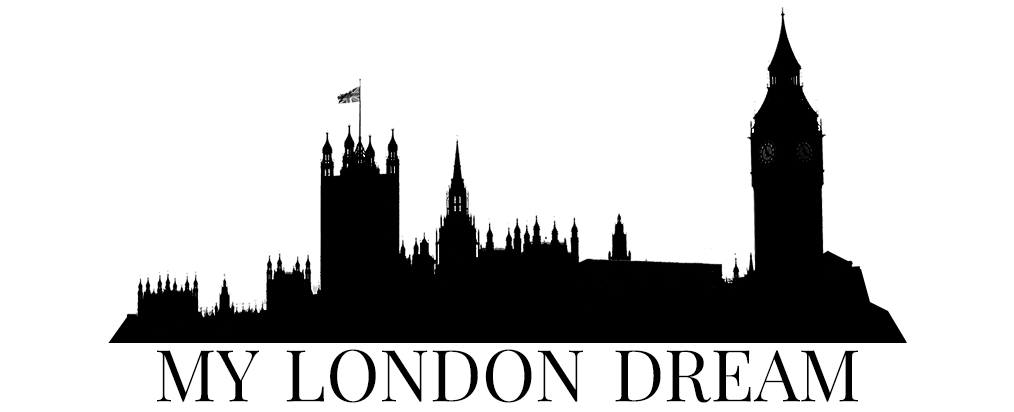Hailing from northern England on my mother’s side, Mancunian blood pulses through my veins, but as this blog suggests, I currently reside in the south. The Tate Britain art gallery in Millbank, London has opened its doors to welcome a presentation of fellow northerner, Laurence Stephen Lowry’s, work. Add a dollop of grit to Manchester and Salford landscapes formed by the Industrial Revolution. Sprinkle in snippets of the lives of the working class for good measure. Splash with Prussian Blue, Vermilion, Yellow Ochre, Black, and White. Mix thoroughly. Serve with the economic depression of the 1920s and 1930s, and voilà, we arrive at the recipe for Lowry’s distinct style. Consume in moderation and take with a side of melancholy.
As I visited Lowry and the Painting of Modern Life to rightfully pay my respects, I was all the more pleased to see that some of the artwork displayed in the exhibition was on loan from Salford. My relatives only live about a fifteen-minute drive from The Lowry, a theatre and gallery in Salford, Greater Manchester. I have witnessed Lowry’s paintings in the very location they were based on and seeing Lowry’s work successfully transported out of normal territory brought a little home comfort to London.
 |
| L.S. Lowry - the man himself |
Lowry was a rent collector faced head-on with the destitution sweeping the north. He had a penchant for painting sceneries that highlighted the corrosion of nature due to industry. Smokey grays and blacks are chokingly omnipresent on canvas, with the “dark satanic mills” exerting their will to asphyxiate. Images of malaise would prove to be his inspiration and a source of unconventional beauty. Lowry merely captured the humdrum of the everyday. An eviction, a walk to work and a walk back from work, a hospital visit; they all represent something so simple, yet so vivid and relatable. The displeasing entity that is gloom always manages to creep into Lowry’s depictions. Lowry himself stated that he only ever dabbled with poverty and the aforementioned gloom.
Lowry’s figures, referred to as “matchstick men,” embody an almost cartoonish aura, each individual within a crowd standing out with personality. They are placed upon Lowry’s backdrop of despair. In fact, with titles such asThe Cripples and The Fever Van and hues of sickly olives, mustards, and teals, Lowry’s paintings make it impossible to escape from this despair. He merely parallels the drab lives of the English population during that time, dishing out all that was on offer.
However, occasionally we are given a taste for the optimistic in the forms of seaside, sporting, and fairground antics. A nod to London is given in Piccadilly Circus, London, a painting from 1960 that is just as true to its modern day counterpart through way of commotion and abundance of double decker buses. Lowry painted his landscapes all from memory, sometimes painting places that didn’t really exist except in his own mind. Lowry’s work is mainly representative of a time period in northern England and Wales where industry dominated and reigned supreme. Through this exhibition, southerners are now also able to view such scenes that were uncommon to them at the time.
The Lowry and the Painting of Modern Life exhibition finished its run on October 20th. View what else the Tate Britain has to offer here.




